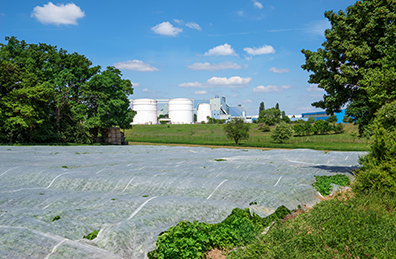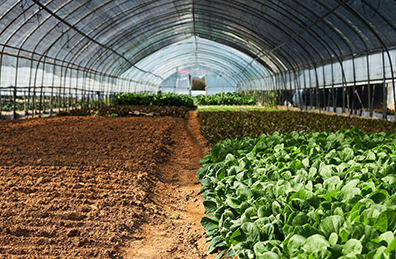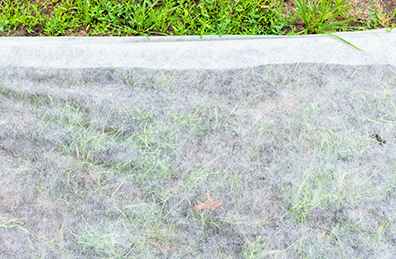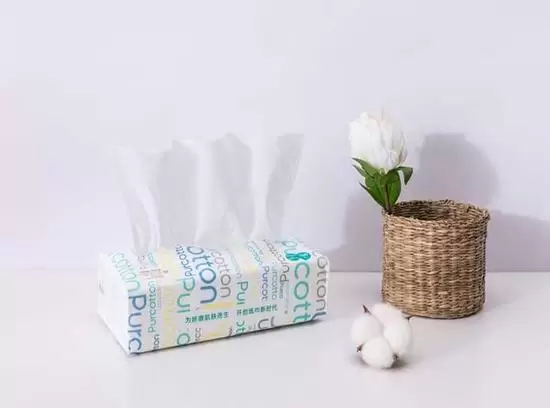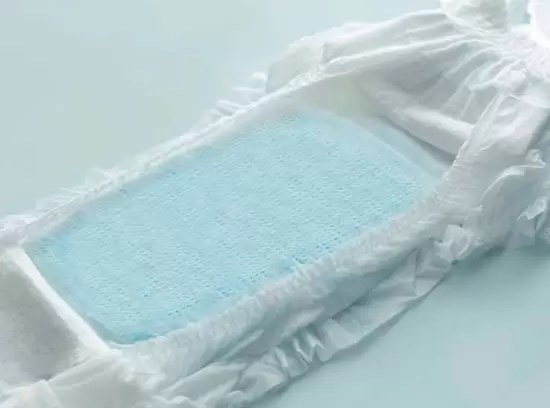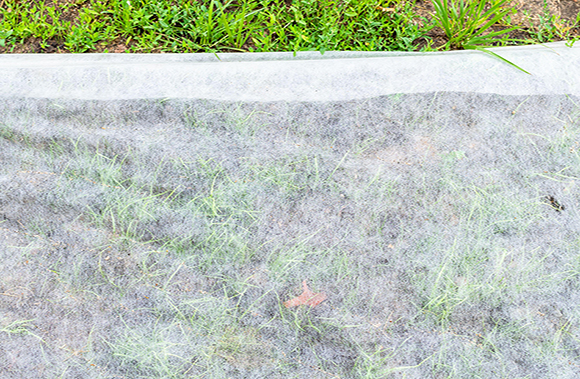

Cotton Nonwovens for Agriculture and Horticulture
Key Attributes of Agricultural Cotton Nonwovens
• GOTS certified
• 100% biodegradability
• Excellent Strength and Elongation
• Thermal and Breathable
• Bird or Pest Prevention
• Weed Prevention
• Easy to Place and Fold
Application of 100% Organic Cotton Nonwovens
- Crop Covers
- Plant Protection Fabric
- Seed Sowing Blankets
- Greenhouse Shading
- Biodegradable Plant Pots
- Landscape Weed Barrier
- Non-Woven Fruit Cover
Why use cotton nonwoven for agriculture and horticulture?
Prices of staples such as wheat and rice have risen in recent years as the global population and urbanization increase, raising fears of exacerbating food shortages in many parts of the world. Therefore, there is a need to increase agricultural yields and maximize the efficiency of farming methods by any means possible. One challenge farmers face is producing earlier, more consistent harvests with minimal waste or damage to crops. Cotton non-woven crop covers can be of considerable help here.
Non-woven fabric is a kind of material with potential application in the agricultural industry. It is very suitable for agricultural use for many reasons. For example, they can help improve the productivity and efficiency of greenhouse management, increase crop yields, save labor and reduce the need for pesticides. The application of non-woven fabrics in agriculture still has a lot of room for development. We will also delve into the development of its materials, and according to different regions, seasonal weather characteristics, and the purpose of production and cultivation, we should make appropriate choices of covering materials to make nonwovens the most effective.











